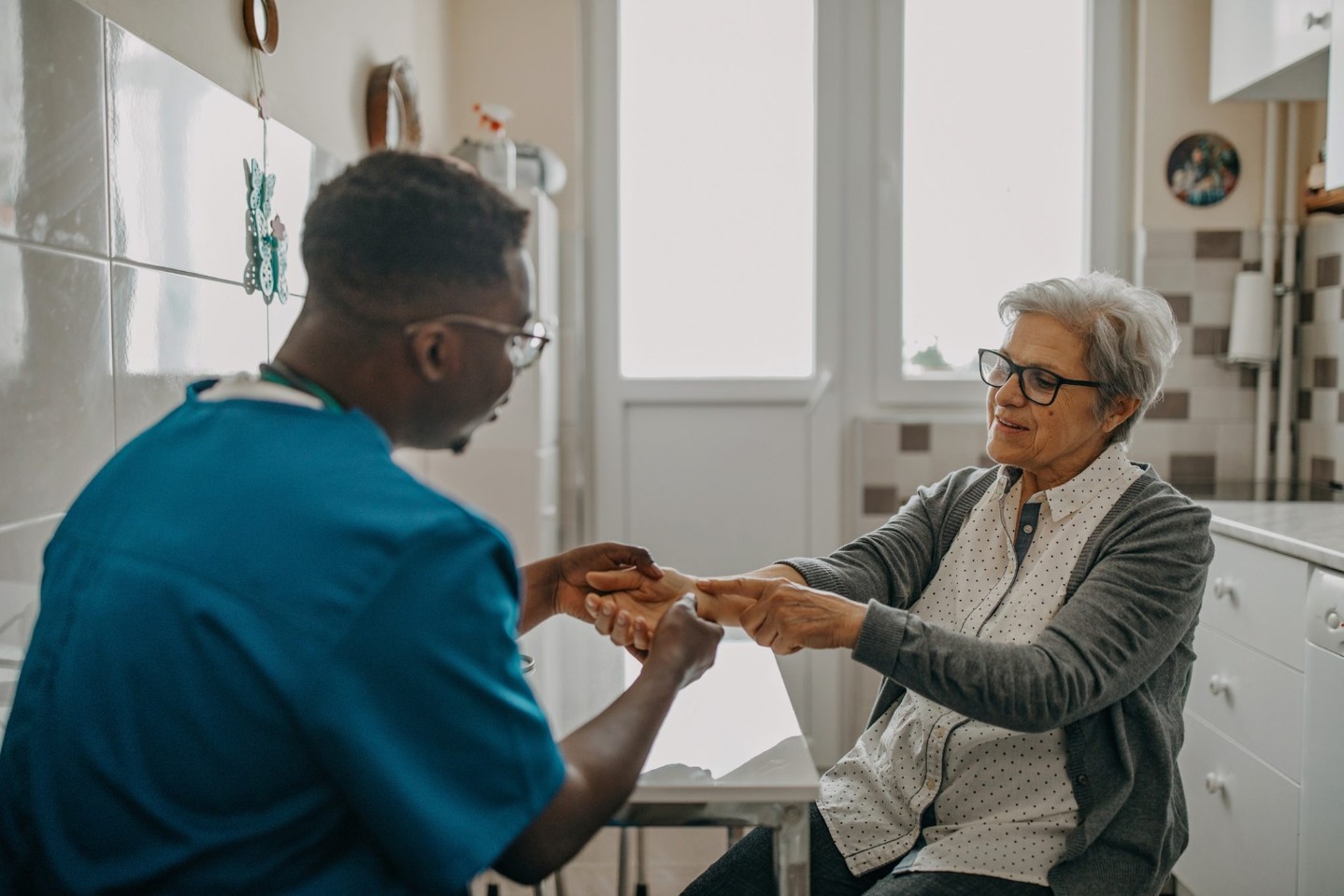Urgent Care vs. Virtual Quick Care vs. ER: A Guide to Getting the Right Care, Right Now
DEC 22, 2025Choosing correctly can save you time, money, and ensure you get the most appropriate and timely treatment.
Read More
The numbers may surprise you. Osteoporosis is responsible for 2 million broken bones every year in the U.S. and causes 75,000 deaths, according to the National Osteoporosis Foundation. It is estimated that one in two women and up to one in four men age 50 and older in the U.S. will break a bone due to osteoporosis.
Often called the brittle bone disease, people with osteoporosis are more susceptible to bone fractures throughout their body, especially in the hips, wrists and spine. Unfortunately, most people don’t know they have osteoporosis until they break a bone.
Your risk for osteoporosis depends on a variety of factors, some of which you can control. Some of the biggest risk factors for osteoporosis include:
Despite the fact that osteoporosis typically presents later in life, health care providers often call it a “pediatric disease with geriatric consequences,” because osteoporosis prevention actually begins as a child. Taking these preventive measures can help you and your children reduce your risk for developing osteoporosis.
Eating a diet rich in calcium and vitamin D starting as a young child is one of the best ways to develop strong bones. These are the bone building years and are critical to help reduce your risk for osteoporosis later in life. The body absorbs calcium most efficiently through the foods you eat. Children and adults should strive for about 1,000 mg of calcium daily. After age 50, you should increase calcium intake to 1,200 mg daily.
Bone-healthy foods include dairy products like milk, cheese and yogurt; fish like salmon, sardines and tuna; soybeans; dark, leafy vegetables like kale, spinach and collard greens; baked beans, and fruits such as figs, papayas and oranges.
Regular exercise is key to strengthening your bones and muscles. Weight-bearing aerobic activities like walking, running, aerobics or dancing help build bone strength and slow bone loss. Strength training, such as the use of free weights and resistance bands, will also help with bone density maintenance, as well as build muscle strength to provide good posture, stability and balance to prevent falls.
Talk to your doctor about getting a bone density test, which measures the strength of your bones and can determine if you have osteoporosis. This test is normally recommended for women at age 65; however, if you are high risk, you may qualify to get screened earlier. If the scan shows you have osteoporosis, your doctor may recommend starting an osteoporosis medicine that can help you maintain and build bone mass.
If you’re not sure where you stand in terms of osteoporosis, talk to your CHI Health Primary Care Provider at your next visit. They can help you determine your risk factors, review important preventive measures and decide whether you should have a bone density test.
Sources:
National Osteoporosis Foundation
WebMD
https://www.webmd.com/diet/foods-high-in-calcium
Physician Powerpoint on osteoporosis

Choosing correctly can save you time, money, and ensure you get the most appropriate and timely treatment.
Read More
Proper snow shoveling technique, avoiding twisting motions, and choosing the right tools are a few ways to have a pain free winter when shoveling snow is necessary.
Read More
MS is not rare. It’s estimated that nearly 1 million people in the United States and 2.8 million worldwide live with MS.
Read MoreWhen you need local health information from a trusted source, turn to the CHI Health Better You eNewsletter.